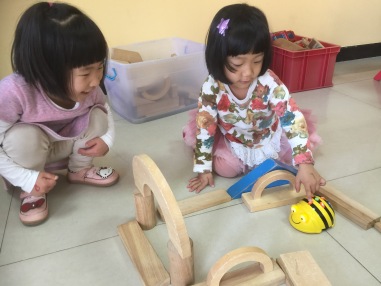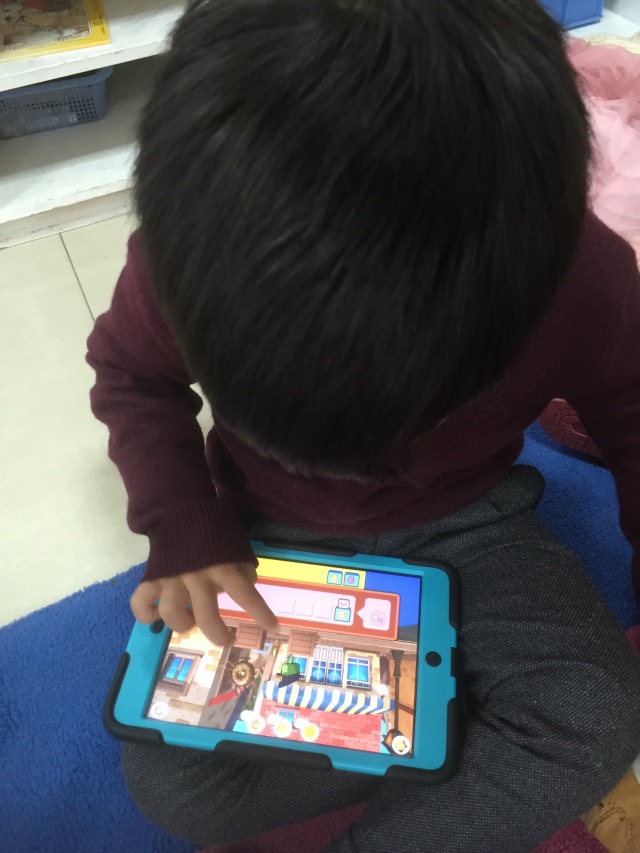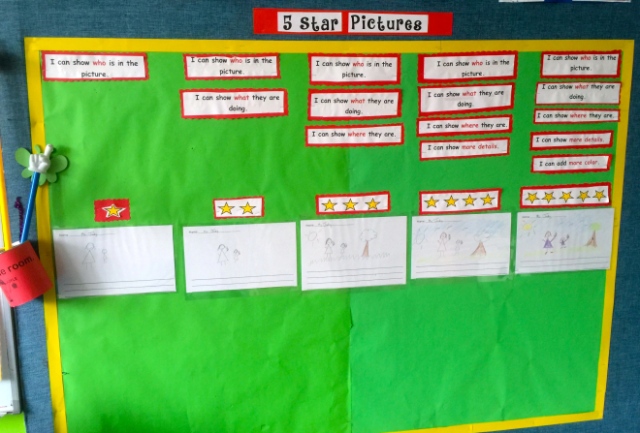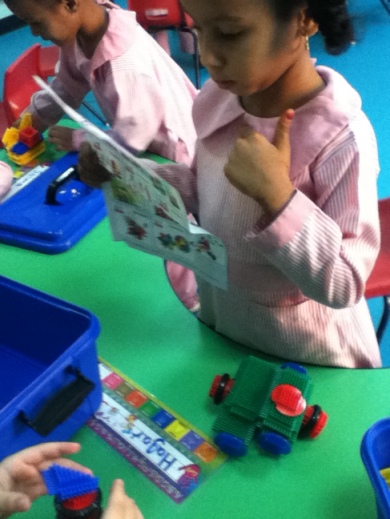Designing a Classroom of Writers: An Inquiry-Based Approach To Writer’s Workshop
I have a desire to be the teacher that I always wish I had and to have a classroom whose energy and enthusiasm for learning is palpable. I don’t care if my students remember me when they are older but I certainly wish that who they became as writers might be because of me.
This week was the first full week of school and like many classrooms, the early days of learning are full of cultivating our learning culture and assessing children. However, since we are a PYP (Primary Years Programme) school, we are also trying to determine what they know about our central idea Our choices and actions as individuals define who we become as a community while looking through our lines of inquiry:
- Ourselves as learners (reflection)
- How our mindset impacts our behavior (change)
So this week, as we inquired why people write, students examined old exemplars of writing. And when I say old, I mean REALLY old, as in ancient, such as these.

We did the See, Think, Wonder Visible Thinking routine, and the students came up with lots of wonderful ideas like “words are like codes that have secret messages”, “old humans had different things that they wrote about”, “writing looks different today”. Then their questions began to emerge, with the most poignant being “what message do they want to tell us”. From there, we decided to create a “message” about something that is important to them. They could write about anything, which would help me assess a bit into the line of inquiry-who we are as learners, and most importantly, who we are as writers. What ideas do they have? Would they use pictures AND words to express their ideas? What words would they use?
So with no other prompt, they began to “write”. All of them drew pictures, none of them wrote words beyond their name on top of the paper. I thought this was very interesting and it was great data. At that point, I decided to stop the class, and have them share their pictures with a buddy. While they partnered up, the partner who drew the picture was silent while the other described what they thought the picture was about. Then they switched roles. When we did a whole group reflection, the students began to articulate what they needed to add to their picture so that its message was clearer: more details in the picture, more color, and add WORDS! Then they set off to work on their writing and the words started to come onto the page naturally. This showed me that they were beginning to understand the purpose of words in our writing and motivated them to use labels and captions.
During our next lesson, students explored books with the learning intention of determining what the author was trying to tell us–what was their message. When the students came back and shared, the purpose of writing began to come into focus: to entertain or to inform us about a certain topic. Then I gave them back their original sample of writing, I asked them if they were “done” with this idea of if they needed more paper to explain what happened before and after the page that I had in my hand. All of them agreed that they had more work to do, and within 30 minutes, their books began to emerge. Students ideas for book making began to spill out and they started to think about their purpose of writing: “When I am done with this book, I want to write about mermaids”, “Next time Batman is going to fight another bad guy.”, “I want to do a different kind of I-Spy book”. Later students asked when it was writing time and if they could take their books out on break so they could share them with a friend. But my happiest moment of this week came when a student who felt overwhelmed and exasperated about reading came to me and asked if he could do more writing during our classroom ‘personal inquiry time”. I couldn’t help but beam with my joy–Yes!, I thought, they will become genuine writers!
I firmly believe that when students get the “why” of writing and the “how” will come naturally because they are motivated to do the heavy lifting in their learning. So as we work through this unit of inquiry, I intend to find mentor texts to help support them and to “tune into” their voice so they develop their skills as writers.
I am wondering what others have done that has sparked a love of writing. What strategies and provocations have you used that got students motivated and energized about their work? Please share because it elevates teaching, not just in my classroom, but in other’s who read this blog. Sharing is caring! (:
Developing learners as leaders is my joy! I am committed and passionate International Baccaluearate (IB) educator who loves cracking jokes, jumping on trampolines and reading books. When I’m not playing Minecraft with my daughter, I work on empowering others in order to create a future that works for everyone.
































